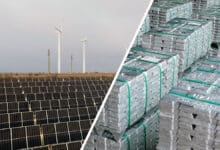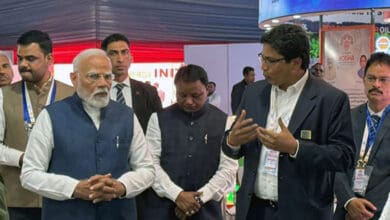Frost & Sullivan’s recent analysis, Solar PV Dominating Investment Opportunities in Renewable Sector across the Middle East, 2025-2025, reveals that the pressure to lower greenhouse gas (GHG) emissions is compelling the Middle East—the United Arab Emirates, Saudi Arabia, Qatar, Oman, Kuwait, Bahrain, Iran, Iraq, Jordan, and Lebanon—to embrace renewable energy. With a 57GW capacity addition—solar photovoltaic (PV), concentrated solar power (CSP), and wind—by 2025, the region is estimated to witness an 18-fold growth of the current capacity, thereby receiving an investment of $182.3 billion. Despite this, the COVID-19 crisis has adversely impacted the renewable energy market through supply chain disruptions, delays in tendering processes, crashing oil prices, and government restrictions.
“Capabilities in solar are more pronounced compared to wind energy as most countries in the region fall under the Sun Belt,” said Saraswathi Venkatesan, Energy & Environment Research Analyst at Frost & Sullivan. “Going forward, with wind making less than 20% of the total renewable energy installed capacity by 2025, solar energy investments are relatively more attractive.”
Venkatesan added, “Qatar and Saudi Arabia are hubs of polysilicon production. Solar cell manufacturing and solar panel assembly are key areas to consider for investment. Going forward, in terms of value, solar PV investments are expected to contribute the most, at 67.4% of the opportunity size for the next five years, followed by solar CSP investments at 17.5%.”
The sectors that have traditionally used fossil fuel-based energy in the region are responsible for GHG emissions. They are expected to turn to solar energy during the next few years, which presents immense growth prospects for the market participants, such as:
- Exploring, innovating, and investing in new storage solutions.
- Integrating waterless robotic solar panel cleaners that don’t cause damage to solar panels.
- Lobbying to make local investments more profitable. More subsidies, incentives, exemptions, and preferential pricing for local procurement are areas to explore.
- Using artificial intelligence (AI) and digital analytics to handle renewable power generation’s intermittency. Hence, vendors can tap into opportunities exposed by the penetration of technology in the solar PV space.













